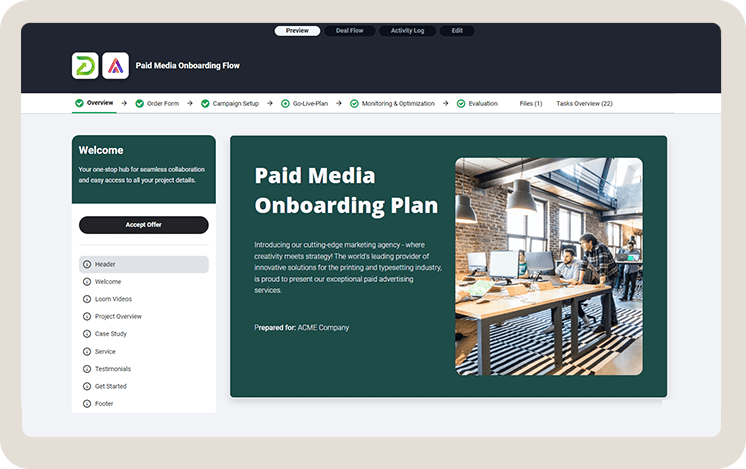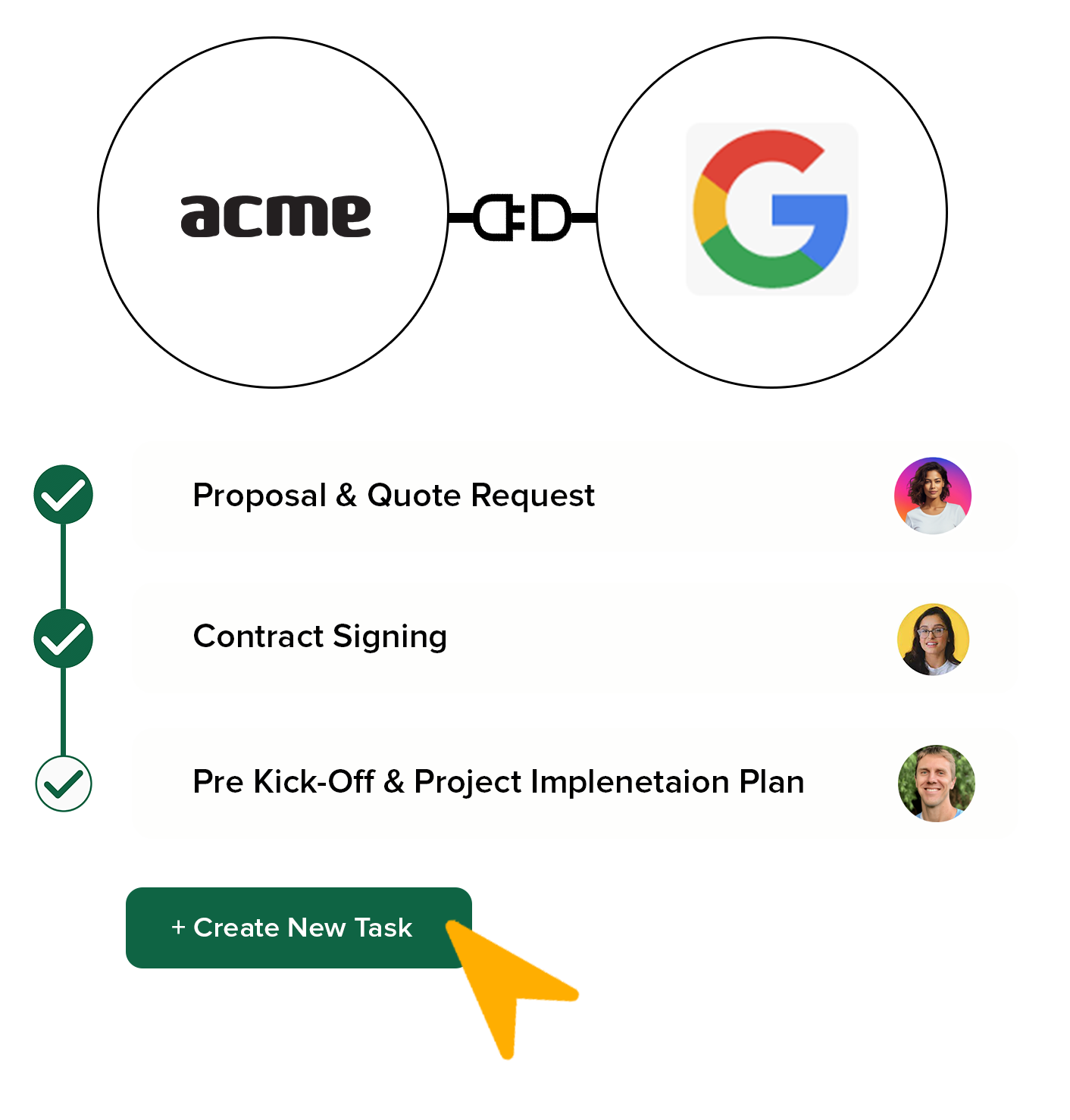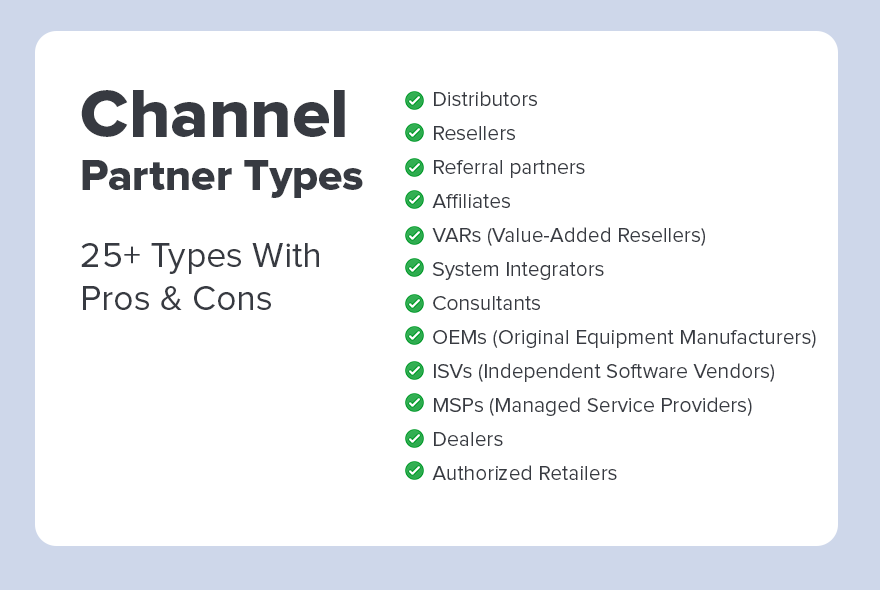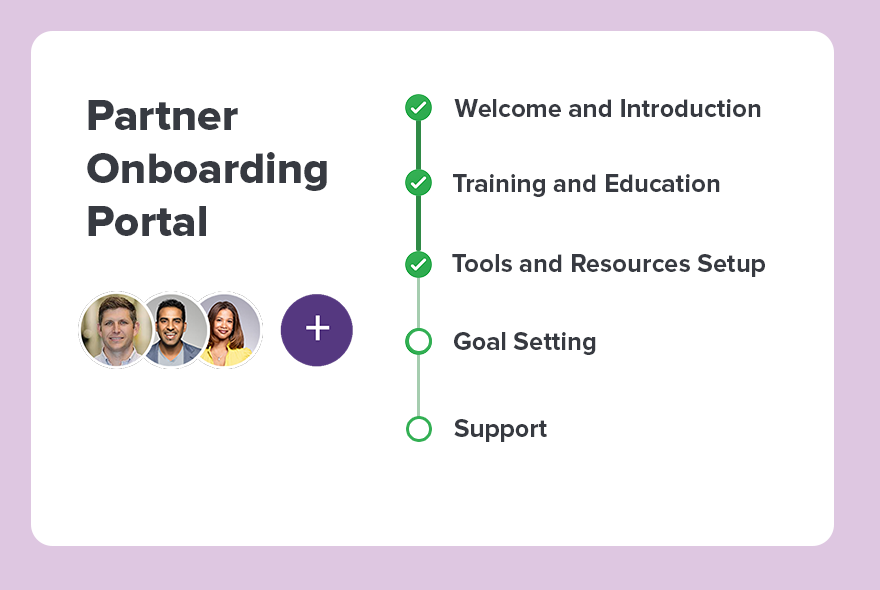Mutual action plans (MAP) accelerate the B2B sales process from negotiation to deal closure by aligning goals, clarifying objectives, and enhancing communication between sellers and buyers.
Effective MAPs transform complex sales processes into straightforward paths, ensuring all parties are moving in unison towards a successful outcome. With the right tools, creating adaptable, clear, and goal-oriented MAPs becomes simpler, facilitating better collaboration and reducing misunderstandings.
This strategic approach not only accelerates deal closure but also strengthens client relationships, making every step forward a shared stride towards success. Embracing such methodologies in sales strategies promises a more efficient and harmonious path to achieving mutual goals.
What Exactly Is a Mutual Action Plan?
A Mutual Action Plan (MAP) is a roadmap agreed upon between the seller and buyer. It outlines important steps, assigns tasks, and schedules when things should happen to facilitate a purchase.
Goal
Its goal is to ensure clear communication, maintain alignment among all stakeholders, and facilitate smoother B2B sales processes by mitigating confusion and avoiding delays. MAP helps everyone stay in sync and focused on the same goal—making B2B sales smoother, reducing misunderstandings, and preventing common delays.
Three Key Elements Underscore a MAP’s Power:
- Clarity
- Alignment
- Efficiency
A MAP goes beyond mere documentation; it’s a dynamic blueprint fostering mutual understanding and trust. Action plan lays out a clear path forward and enables both parties to visualize progress and adjust strategies in real time.
This collaborative approach not only accelerates the decision-making process but also bolsters relationship building, setting a foundation for future partnerships.
What Features Should Mutual Action Plan Software Have?
- Centralized Client Portals: Adopt centralized client portals for all project-related documents and tasks, facilitating seamless interaction and ensuring everyone is on the same page.
- Task Assignment and Tracking: Facilitate the assignment of tasks to specific individuals or teams, with built-in tracking capabilities to monitor progress and completion.
- Milestones: Assist sales teams in setting and tracking key milestones. Guiding them towards successful outcomes and objectives in B2B sales engagements.
- Workflow Automation: Utilize DocsCube’s workflow automation to expedite processes, from task assignments to approvals, ensuring the swift advancement of projects as outlined in your MAP.
- Customizable Templates: Provide flexibility with templates tailored for various industries and scenarios, enabling users to personalize their action plans.
- Analytics and Reporting: Provide insightful analytics and reporting capabilities, enabling sales teams to analyze performance metrics and make data-driven decisions to optimize B2B sales strategies and outcomes.
Mutual Action Plan Templates: Your Path to Simplified B2B Engagements
To ease the process of creating a MAP, numerous mutual action plan templates are available. These templates provide a structure that guides the creation of the MAP, ensuring that all crucial elements are included.

This is example of mutual action plan for paid media campaign client onboarding.
The phases of a MAP can be customized to meet the specific needs of your business. This flexibility ensures that the plan aligns with your unique goals and operational processes.

In this case, the mutual action plan includes these actions.
- Kick Off Call Plan
- Order Form
- Research & Data collecting
- Campaign Setup
- Pre-Launch Review
- Go-Live-Plan
- Monitoring and Optimisation
Create Your Own Mutual Action Plan in a Few Minutes
Accelerate B2B sales process and customer journey. Ensure seamless client onboarding process and a faster return on investment.
Why Mutual Action Plans Matter in B2B Engagements?
In the realm of B2B transactions, deal sizes frequently carry significant weight, and the sales process can become complex with the involvement of numerous stakeholders. To navigate this landscape effectively, mutual action plans emerge as invaluable tools.
They serve to prioritize serious buyers, encourage collaboration, and facilitate the transition from initial discussions to finalized deals.
Clear objectives, actions, and timelines are also defined to provide a roadmap for both buyers and sellers .
This minimizes confusion and maximizes efficiency throughout the sales journey.
- In B2B deals, sizes are often significant, and the sales process involves multiple stakeholders.
- Mutual action plans are crucial, helping prioritize serious buyers, foster collaboration, and streamline the journey from discussion to deal.
- Defined objectives, actions, and timelines provide clarity, reducing confusion, and boosting efficiency for both buyers and sellers.
The Impact of Mutual Action Plans on Relationships and Results?
MAPs have a profound impact on both relationships and results in B2B interactions.
Beyond simplifying the sales process, they cultivate stronger bonds between sellers and buyers. Through the creation of a shared plan, both parties become deeply invested in the outcome, fostering a partnership-oriented mindset over a transactional one. This heightened level of collaboration frequently yields superior outcomes, including accelerated deal closures, increased conversion rates, and the establishment of more robust, enduring partnerships.
Key points are:
Collaboration
Mutual action plans not only streamline the sales process but also foster stronger relationships between sellers and buyers.Both parties become invested in the outcome, leading to a partnership approach rather than a transactional one.
- Always Know What is The Next Step
- Simplify Buyer-Seller Collaboration
- Organize and Track Requests In Boards
Results
Increased collaboration often results in better results, such as expedited deal closures, higher conversion rates, and stronger ongoing partnerships.
- Accelerate time-to-value
- Save time on each request from client
- Deliver results faster
Creating a Mutual Action Plan in 4 Easy Steps
To begin crafting a Mutual Action Plan (MAP), both the seller and the buyer align their objectives. These objectives are then translated into actionable steps, each assigned to a responsible party.
Map the Deal Cycle, Break Projects Into Stages
A timeline is established, ensuring progress can be tracked effectively. As implementation commences, the plan evolves dynamically, adapting to changing circumstances. Ultimately, this collaborative effort yields a living document guiding the sales journey from start to finish.
STEP 1: Align Objectives
Start by making sure both the seller and the buyer agree on what they want to achieve. This ensures everyone is working towards the same goals.
STEP 2: Define Actionable Steps
Break down the goals into specific actions, deciding who does what. This makes the plan clear and easy to follow.
STEP 3: Establish Timeline
Create a schedule that shows when each action should be done and how you’ll check progress. This keeps the project on track.
STEP 4: Adapt and Evolve
Be ready to change the plan as needed. This flexibility allows you to handle surprises and keep improving. Continuously update the plan as progress is made, adjusting as needed to ensure alignment with objectives.
Exploring Different Use Cases for Mutual Action Plans
B2B action plans can be applied across different scenarios. In large B2B and enterprise sales, for instance, MAPs can help manage the complexity of numerous stakeholders and large deal sizes.
For smaller deals, they provide a framework to keep the process on track and k to keep the process on track and ensure that nothing falls through the cracks.
Here are 7 verticals where mutual action plan examples are commonly used:
- Technology/Startups: MAPs streamline the deployment process, ensuring smooth integration and adoption.
- Digital Marketing Agencies: Marketing, agencies often juggle multiple projects with tight deadlines and high expectations. MAP helps both the agency and the client to align on project objectives, deliverables, timelines, and success metrics from the outset.
- Sales Teams: Mutual Action Plan serves as a strategic blueprint that guides the sales process from initial contact to closing the deal.
- Healthcare: MAPs facilitate collaboration among healthcare providers, ensuring coordinated patient care and compliance with regulations.
- Finance: MAPs help financial institutions navigate regulatory requirements and manage complex financial transactions.
- Real Estate: MAPs guide the buying and selling process, facilitating communication between agents, buyers, and sellers.
- Consulting: MAPs outline project milestones and deliverables, ensuring client expectations are met and projects stay on track.
The Role of Mutual Action Plans in Large B2B and Enterprise Sales
Large B2B and enterprise sales often involve multiple stakeholders, each with their own objectives and concerns. MAP can help manage this complexity by providing a clear roadmap of the process, with roles and responsibilities clearly defined.

This helps ensure that all parties are aligned and working towards the same goal, thereby minimizing misunderstandings and delays.
How Smaller Deals Benefit from Mutual Action Plans
While the stakes may not be as high in smaller deals, the need for efficiency and clarity is just as critical.
Mutual Action Plans help with customer onboarding process, cutting down the time spent on routine tasks. By outlining the actions, responsibilities, and timelines upfront, the chances of miscommunication or missed deadlines are greatly reduced.
- Faster Customer Onboarding: Significantly reduces time expended on repetitive tasks, enhancing operational efficiency during the client onboarding process.
- Enhancement of Adoption Rates: More effective user familiarization with products or services, leading to improved adoption.
- Increased Customer Retention: Contributes to a higher likelihood of sustained customer engagement and loyalty over time.
- Accelerated Market Penetration: Enables a more rapid introduction of products to the marketplace, ensuring timely access for consumers.
With a Mutual Action Plan, Both Sides Get:
- Clarity
- Alignment
- Direction
- Efficiency
- Minimization of misunderstandings
- Reduction of delays
How Does This Work? Let’s Delve Deeper
Clarity
MAP spells out the sales process in simple, understandable steps, removing any ambiguity that could be a potential stumbling block. It’s like having a GPS navigating the murky waters of large B2B and enterprise sales.
Alignment
When you have multiple stakeholders with varying objectives, it’s easy for goals to get lost in translation. It acts as a translator, ensuring everyone understands what’s expected of them and their role in the grand scheme of things.
Direction
Serves as a compass, pointing out the direction each stakeholder needs to take to reach the shared objective. It’s that guiding light that keeps everyone on track.
Efficiency
In the absence of a mutual action plan, delays and bottlenecks can come into play, significantly affecting productivity. In addition, processes are streamlined, tasks are delegated effectively, ensuring the whole process runs like a well-oiled machine.
Minimization of Misunderstandings
Misunderstandings can cause rifts and create unnecessary conflicts. By clearly defining roles and responsibilities, a mutual action plan helps to minimize these misunderstandings, fostering a harmonious working relationship.
Reduction of Delays
Time is money. In the world of large B2B and enterprise sales, delays can cost a fortune. It ensures that every step of the process is clearly outlined and timed, significantly reducing the chances of costly delays.
Choosing the Right Mutual Action Plan Software for Your Needs
Choosing the right mutual action plan software can significantly enhance the efficiency and effectiveness of your B2B engagements.
When considering different options, look for features that enable easy collaboration, customizable templates, and dynamic updates. With the right software, you can take your B2B engagements to the next level and ensure that both you and your clients are on the path to success.
Explore DocsCube Deal Rooms for an integrated solution that aligns with these needs and more, helping you optimize collaboration and drive results.
Frequently Asked Questions
Objective Definition: Clearly define what you and your partner are aiming to achieve together.
Roles and Responsibilities: Specify who does what, making sure everyone knows their responsibilities.
Task: Assign tasks both internally and externally; this approach will help you monitor progress and avoid delays.
Timeline: Establish a timeline that outlines when each key milestone should be achieved. This keeps the project on track and helps manage expectations.
Define Success: Decide how you’ll know if you’re succeeding, using clear measures.
Plan for Review and Adjustment: Include a mechanism for regularly reviewing progress and making necessary adjustments. This ensures the MAP remains flexible and can adapt to changes or challenges as they arise.
Technology, especially AI, revolutionizes MAPs by offering advanced analytics and predictive insights, making it easier to anticipate challenges and opportunities. Platforms like DocsCube utilize AI to streamline communication, project management, and performance tracking.
In B2B engagements, MAPs often involve complex projects with longer timelines and multiple stakeholders, requiring detailed planning and frequent updates. For SMBs, the focus is on initial agility and adaptability.
Common mistakes are not being clear about roles and goals, not giving enough time for tasks, and not setting clear success measures. You can avoid these by talking clearly, planning realistically, and checking and adjusting the plan regularly.





